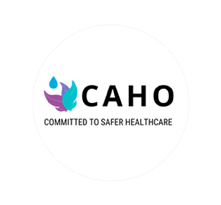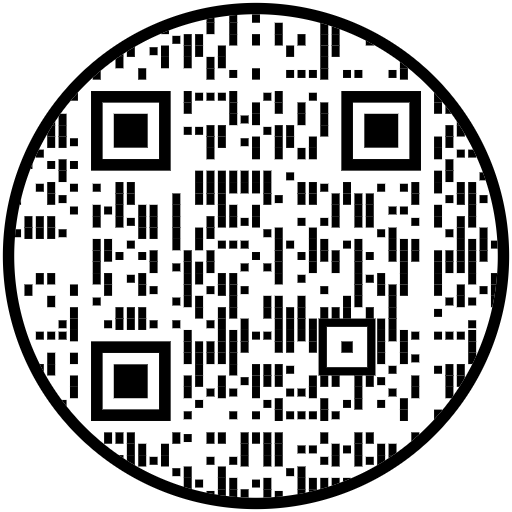- Home
- CIHSR
- Departments
- Medicine
- Urology
- Surgery
- Cardiology
- Paediatrics
- Dermatology / Cosmetology
- Obstetrics and Gynaecology
- Ear, Nose and Throat (ENT)
- Family Health
- Gastroenterology
- Paediatric Surgery
- Ophthalmology (EYE)
- Community Health
- Developmental Paediatrics
- Radiation Oncology
- Medical Physics and Radiation Safety
- Emergency Department
- Surgical Oncology
- Dentistry and Maxillofacial Surgery
- Aesthetic Craniofacial Plastic Surgery
- Orthopedics
- Anaesthesia
- Physical Medicine & Rehabilitation
- Mental Health Clinic
- Dietetics
- Palliative Care
- Audiology & Speech Therapy
- Laboratory Sciences
- Services
- Education
- Research
- Contact Us
 +91 3862-242555
+91 3862-242555








